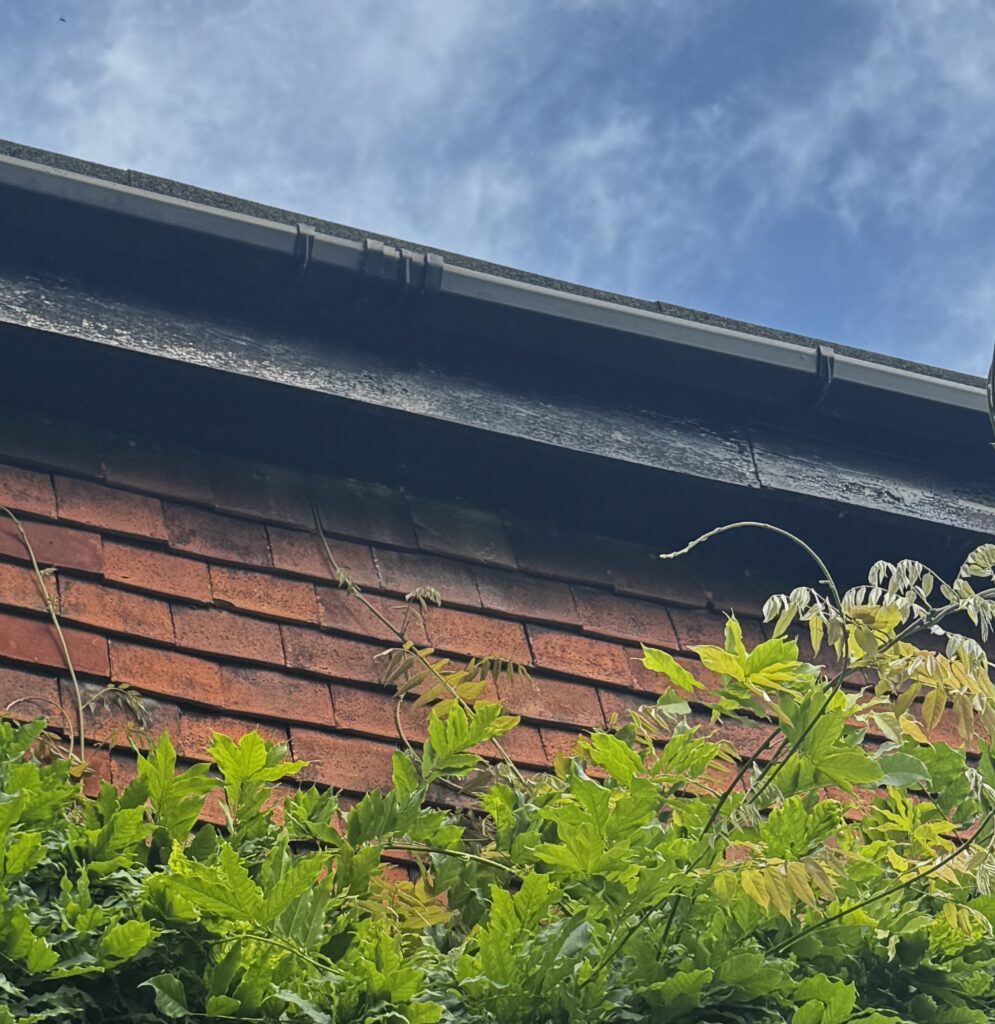
Why You Should Never Ignore a Wasp Nest in the Soffits of Your Home in Didcot
1. Introduction
If you own a property in Didcot, don’t overlook the risks of wasp in soffits. These hidden spaces often go unchecked until a full colony takes over, posing health risks and potential property damage. Ignoring a wasp nest around your roofline can lead to painful stings, stress, and expensive repairs.
2. What Soffits Are and Why Wasps Target Them
Soffits are the boards located beneath your roof’s overhang, bridging the gap between the roof edge and the wall. They help ventilate your loft space while keeping out pests and bad weather. Unfortunately, they also attract wasps. In Didcot’s relatively mild climate, these quiet, enclosed spaces offer ideal nesting conditions: warmth, shelter, and minimal disturbance.
3. How Wasps Build Nests in Soffits
In spring, queen wasps emerge from hibernation and begin searching for a nesting spot. A small crack or gap in your soffits gives them an entry point. Once inside, the queen starts building a nest from chewed wood pulp, forming a papery structure. As summer progresses, the colony grows rapidly. Hundreds—sometimes thousands—of worker wasps expand the nest, which often remains out of sight until their activity becomes too obvious to ignore.
4. The Dangers of Soffit Nests in Didcot Homes
Wasps nesting in soffits present several hazards to homeowners:
- Aggression: Mature colonies become defensive. Wasps sting repeatedly, and even small vibrations from inside the house can provoke them.
- Structural damage: Wasps chew through insulation, plasterboard, and timber, weakening your property’s structure.
- Indoor access: Nests often connect to loft spaces or wall cavities. Wasps then enter your home through vents or ceiling light fittings.
- Disturbance: A loud, persistent buzzing sound from a nearby nest can disrupt sleep or day-to-day activities.
- Allergic reactions: Wasps can trigger severe allergic responses in some people. One sting could send someone into anaphylaxis.
5. Signs You May Have a Nest in Your Soffits
Spotting a nest early can prevent serious issues. Look for:
- Increased wasp activity near your eaves or roofline.
- Buzzing sounds coming from your attic or above the ceiling.
- Wasps entering or exiting through small openings in soffits or vents.
- Stray wasps indoors, especially upstairs or in loft areas.
6. Prevention Tips for Didcot Homeowners
You can reduce the chances of a wasp infestation by taking these steps:
- Inspect soffits every spring and summer for damage or gaps.
- Seal any visible holes with high-quality exterior sealant or expanding foam.
- Install mesh over ventilation points to keep wasps out without blocking airflow.
- Keep trees and climbing plants trimmed back from your roofline.
- Dispose of fallen fruit and keep outdoor bins covered tightly.
7. Safe Removal and Professional Help in Didcot
Never attempt to remove a wasp nest in soffits yourself. The height, confined space, and aggressive behaviour of wasps make DIY attempts dangerous. Instead, call in a professional team like Shire Pest Solutions in Didcot. Our technicians carry specialist equipment and treatments to remove nests safely and with minimal disruption to your home.
We also inspect soffit boards, seal entry points, and offer long-term prevention advice. Whether you’ve spotted increased activity or just want peace of mind, our local pest control experts are here to help.
8. Final Thoughts
A wasp nest in your soffits isn’t a minor nuisance—it’s a safety hazard and a threat to your property. Don’t wait for someone to get stung or for damage to spread. Watch for early signs, protect your home with preventative steps, and always turn to professionals for removal.
For expert wasp nest treatment and prevention services in Didcot, visit our Didcot service page. If you’re located nearby, we also cover Wallingford and surrounding areas.
Want more pest control tips? Browse our blog for seasonal advice and updates.
